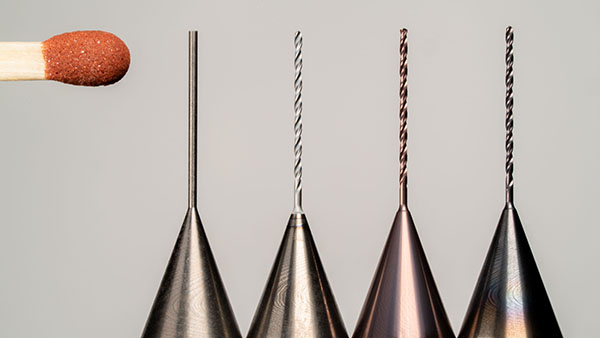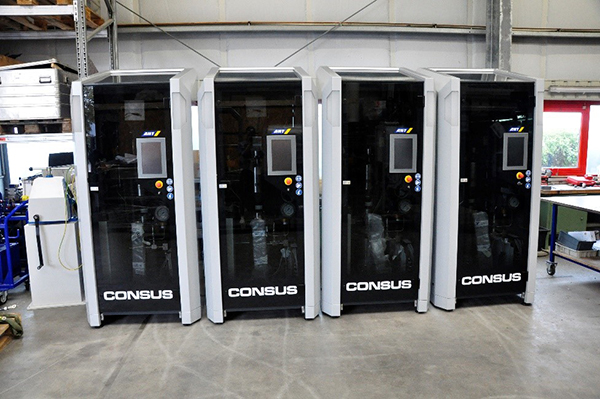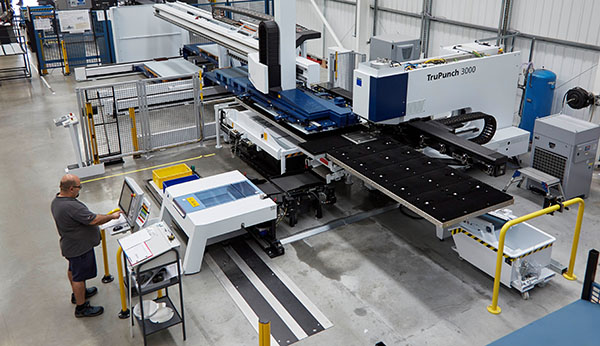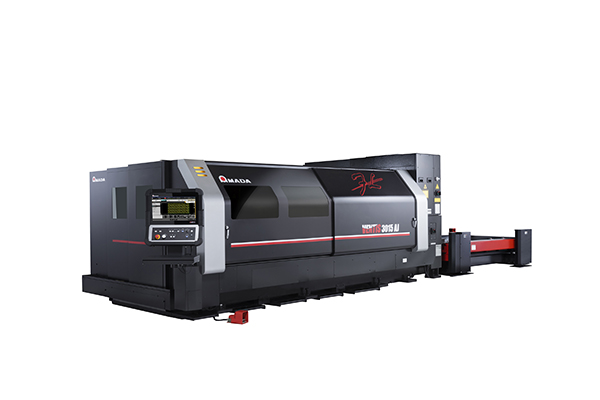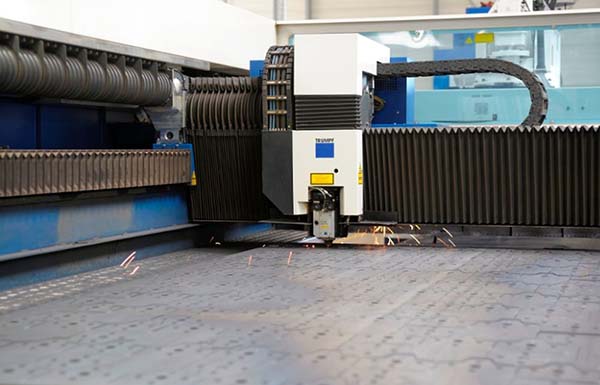The latest Laser Line Ultra machining centre from Walter Ewag is designed for the laser ‘fabrication’ of cutting tools, including spiral tools from 0.4 to 3 mm diameter, and made from hard/ultra-hard materials such as WC, PCD, CVD-D and CBN.

Walter Ewag’s Laser Line Ultra can be applied to cutting edge preparation, post-sharpening, chip breakers and cylindrical margin fabrication, as well as to the laser modification of ground cutting tools. Complex micro-geometries can be lasered thanks to the machine’s eight-axis kinematic concept and the use of an industrial laser source that emits pulses in pico-seconds.
By way of example, a four-flute PCD end mill can be produced from a cylindrical blank with its primary and secondary clearance faces machined at both the tip and circumference. The corners at the edges are protected by a chamfer and, as with all lasered spiral tools, the result is a smooth and uninterrupted interface between PCD and WC.
Laser processing removes material in line with thermal-based mechanisms, and because the Laser Line Ultra uses ultra-short laser pulses and appropriate laser machining parameters, the resulting pulse is so short that there is insufficient time for a significant amount of heat to conduct into the cutting tool, meaning there is negligible heat-affected zone. Indeed, carbide drill bits that are laser-fabricated by the machine can subsequently be coated (by the PVD process) with a single layer of TiAlN or AlTiN alloy, and the coating processing method is the same as that applied to ground cutting tools.
The company has worked closely with two of Switzerland’s foremost surface technology companies to ensure successful coating, and together they have used a number of inspection methods to validate the process.
For further information www.walter-machines.com






